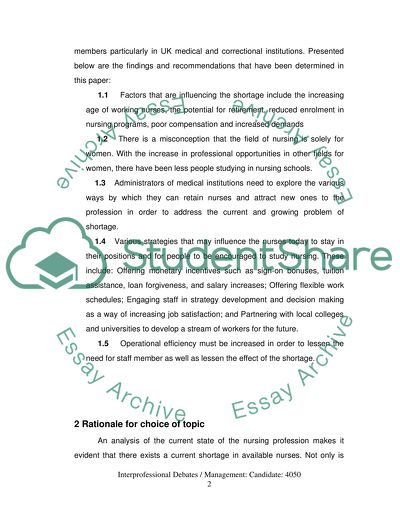Cite this document
(“Managing Changes during Clinical Staff Shortages Essay”, n.d.)
Managing Changes during Clinical Staff Shortages Essay. Retrieved from https://studentshare.org/health-sciences-medicine/1526672-managing-changes-during-clinical-staff-shortages
Managing Changes during Clinical Staff Shortages Essay. Retrieved from https://studentshare.org/health-sciences-medicine/1526672-managing-changes-during-clinical-staff-shortages
(Managing Changes During Clinical Staff Shortages Essay)
Managing Changes During Clinical Staff Shortages Essay. https://studentshare.org/health-sciences-medicine/1526672-managing-changes-during-clinical-staff-shortages.
Managing Changes During Clinical Staff Shortages Essay. https://studentshare.org/health-sciences-medicine/1526672-managing-changes-during-clinical-staff-shortages.
“Managing Changes During Clinical Staff Shortages Essay”, n.d. https://studentshare.org/health-sciences-medicine/1526672-managing-changes-during-clinical-staff-shortages.


